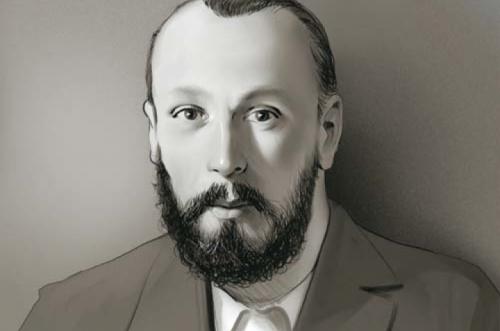
Styan's lead.' meaning is made in the theatre by the interaction and, to use Bakhtin's term" the interanimation oftwo or more forms of communication (or semiotic systems). As I have previously argued, following 1.L. At the same time, and in part because of the commonalities with contemporary feminist approaches, almost everything Balchtin had to say about language and representations sharply illuminates my ways of thinking about drama, the cultural realm to which I was and remain part~cularly attached as both a critic and director indeed, even the odd names of Bakhtin's key concepts - dialogism, polyphony, heteroglossia, camivalization, hybridization - seemed to me not just applicable to drama but centered in the most elemental attributes of dramatic forms. Like several other contemporary critics, most notably Wayne Booth,) I had found both a confluence and antagonism between some key aspects of feminist thought and some key elements of Balchtin's ideas. From the start, however, my interest in Bakhtin's ideas was troubled or, in Bakhtin's own lenns, multi-voiced. The only people blatantly missing in the crowd were others like me - drama critics and practitioners of theatre.

Few seemed to notice that they were in strange company. social scientists, linguists, psychologists, literary critics and philosophers.

[ Increasingly hailed as one of the most daring and profound philosopher-critics of the twentieth century, Baklnin was difficult to read but easy to admire.' Indeed, as striking as has been the growing interest in Balchtin's ideas has been the range of people whose interest he has aroused - feminists and nonfeminists, Marxists and anti-Marxists.


In lieu of an abstract, here is a brief excerpt of the content:ĭrama and the Dialogic Imagination: The Heidi Chronicles and Fefu and Her Friends HELENE KEYSSAR I first came to know the writings of Mikhail Bakhtin in the mid-seventies.


 0 kommentar(er)
0 kommentar(er)
